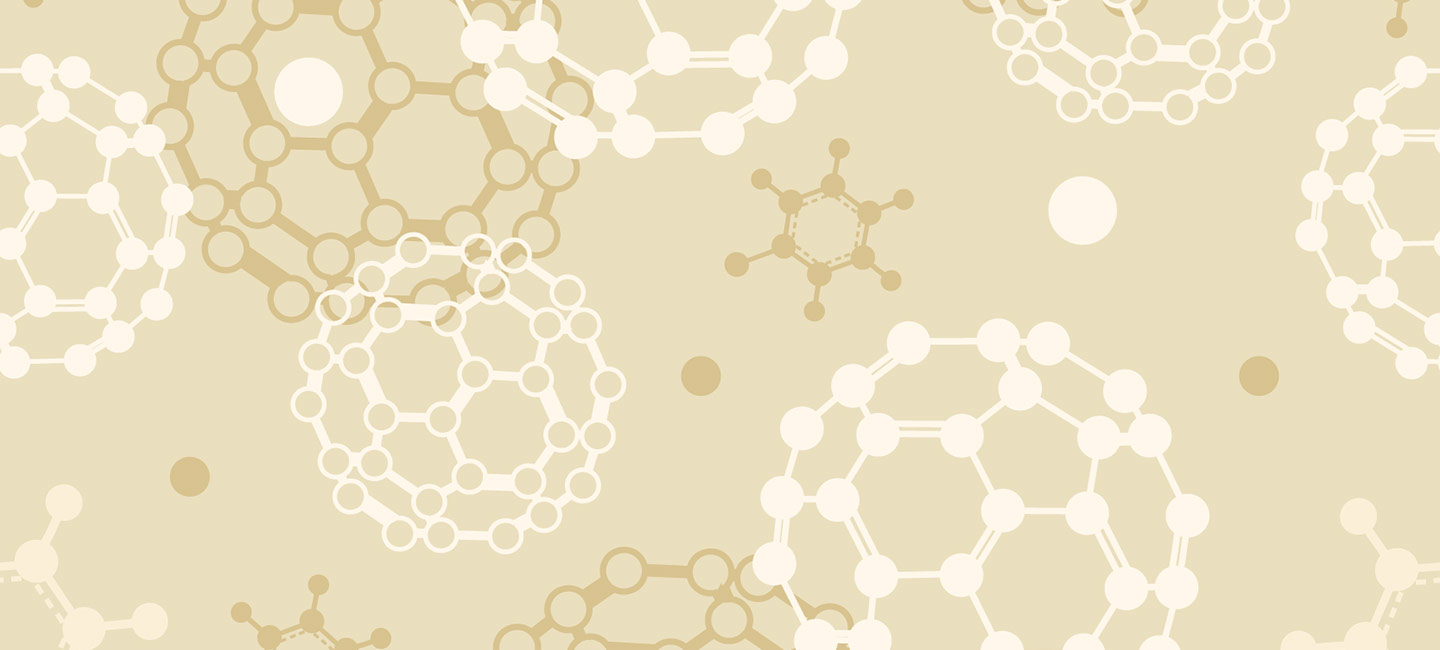Novel Target in Dopamine Neurons is Basis of Potential New Therapeutic Approach for Treatment-Resistant Depression
Novel Target in Dopamine Neurons is Basis of Potential New Therapeutic Approach for Treatment-Resistant Depression

Even with the development and FDA approval in recent years of the first rapid-acting antidepressant medicines—to which more than 90 BBRF grants have contributed—the search for novel depression treatments continues to be one of the most active areas within brain and behavior research.
No single antidepression treatment, whether the new medicines (esketamine for major depression and brexanolone and zuranolone for postpartum depression), rTMS non-invasive brain stimulation, or long-established treatments like talk therapy or SSRI medications, works for every patient. An estimated one person in three with major depression is “treatment-resistant,” meaning they are not helped at all by any existing therapy, or are not helped quickly enough or for long enough. Many factors are likely involved. Some relate to ways in which individual patients are different from one another biologically or symptomatically. Others have to do with the particular ways in which the various treatments exert their effects. The quest for novel therapies therefore remains a top priority.
Four BBRF grantees have recently published results in Molecular Psychiatry of experiments in which they report synthesizing and testing (in mice) several compounds that have a mechanism of action distinct from that of all other existing antidepression therapies, including the new rapid-acting antidepressant medicines. The team was led by Carole Morel, Ph.D., a 2020 BBRF Young Investigator at the Icahn School of Medicine at Mount Sinai. The team also included Lyonna F. Parise, Ph.D., a 2022 BBRF Young Investigator; Ming-Hu Han, Ph.D., a 2015 BBRF independent Investigator; and Scott J. Russo, Ph.D., a BBRF Scientific Council member and two-time grantee.
As the team points out, esketamine primarily acts on the glutamate neurotransmitter system, while brexanolone and zuranolone act on the inhibitory GABA system. SSRI medicines like Prozac act on the serotonin system. Despite their differences, the action of all of these medicines broadly “aligns with research depicting depression as a disruption of neuronal excitability,” and as such, “calls attention to the important contribution of ion channels in the maintenance of healthy brain functions.” Ion channels are tiny pores in the membranes of nerve (and other kinds of) cells which allow the passage of charged atoms (ions) into and out of the cells. In neurons, the flow of ions helps determine when a cell “fires” and when it returns to its resting state.
In an excellent example of how basic research in the lab can be leveraged to develop novel therapies for psychiatric disorders, the team focused on the role that a particular kind of ion channel plays in the dysregulation of dopamine neurons in the brain’s ventral tegmental area (VTA). The VTA is a hub of activity in the reward pathway that is dysregulated not only in people with depression but also in rodent models of social stress-induced anhedonia and social avoidance. Anhedonia, often seen in depressed people, is a sharply diminished desire for rewarding or pleasurable experiences. Anhedonia and social avoidance are not only seen in many depressed people, but also in other mood disorders.
The ion channels in question are called HCN (hyperpolarization-activated cyclic nucleotide-gated) channels. HCN channels are referred to as “pacemaker channels” because they help to generate rhythmic activity within groups of heart and brain cells by regulating cell membrane excitability. Among other things, rodent experiments have shown that the expression of HCN channels is a key contributor to the abnormal activation pattern of dopamine neurons in the VTA that is associated with depression.
Even more specifically, lab experiments have indicated that in mice that are susceptible to depression- inducing social defeat stress (in which animals are repeatedly dominated by much stronger cagemates), dopamine neurons in the VTA have increased excitability, driven at least in part by excessive HCN channel activity.
In susceptible mice, HCN channels showed higher levels of a current generated by sodium and potassium ions. This “upregulation” of the current has been shown to cause increases in two kinds of activity in VTA dopamine neurons, known as tonic and bursting activity. The former, a kind of background firing rate, is associated with motivational and arousal levels; the latter, marked by repeated rapid spikes in activity, is linked to the encoding of rewards, reward prediction, and the encoding of aversive stimuli.
Several compounds are known to block HCN channels. One of these “channel blockers,” Ivabradine, is FDA-approved to treat various cardiac conditions relating to heart rhythm. Another, Cilobradine, can have similar activity, but for various reasons was dropped in favor of Ivabradine for cardiac use. Neither has been rigorously tested for use in nervous system applications. In mice susceptible to the negative behavioral consequences of social-defeat stress, the team has previously shown that Cilobradine blocks HCN channels and has ketamine-like rapid-acting effects in ameliorating anhedonia and social defeat-induced social deficits.
But there are doubts that Cilobradine can cross the protective blood-brain barrier (BBB) that prevents large molecules (toxins and viruses, but also many drugs) from moving from blood vessels into brain tissue. In earlier mouse tests, the team injected Cilobradine intraperitoneally (i.e., into the abdomen). In their new experiments, the team synthesized a number of Cilobradine-based analogue drugs with slightly different structures and properties, delivering them in the same manner. The aim was to find an analogue that could cross the BBB more effectively, and with improved characteristics relative to the parent molecule, including its ability to affect HCN channels in VTA dopamine neurons that are implicated in depression.
Two of the newly synthesized analogues, called MS7710 and MS7712, after a single injection, were found to have improved effectiveness in inhibiting HCN channels compared with Cilobradine, and were much better able to penetrate the BBB. Then, in experiments with mice susceptible to chronic social defeat stress, the team recorded the activity of dopamine neurons in the VTA while also testing the pharmacological efficacy of the two analogues, again after a single injection.
In male mice, both compounds, at low doses, were found to restore normal VTA dopamine neuron firing rates as well as abnormal “bursting” activity related to anhedonia and social avoidance behavior. MS7710, the better compound, was also tested in female mice (in humans, females have a much higher risk for depression) and found to have the same beneficial effects. A single injection of the compound “restored social interaction behaviors as well as reward and cognitive deficits” in both males and females, effects that were present within two weeks of the drug’s injection—a relatively rapid response compared with typical response times, for example, for SSRI medicines. Importantly, at doses tested, the analogues did not inhibit dopamine neuron activity in control mice that had not been subjected to social defeat stress.
Future experiments will need to further explore the specificity of the analogues for HCN channels in VTA dopamine neurons, as well as gauge any potential impact on HCN channels in other cell types and in other parts of the brain and body.
However, the team, concluded: “Together our results show that HCN [channel] inhibitors with good BBB permeability may yield promising antidepressant effects.” The two tested analogues of Cilobradine had “novel stress-alleviating effects that could provide a basis for future antidepressant drug discovery, with the potential to improve symptoms of treatment-resistant depression.”





